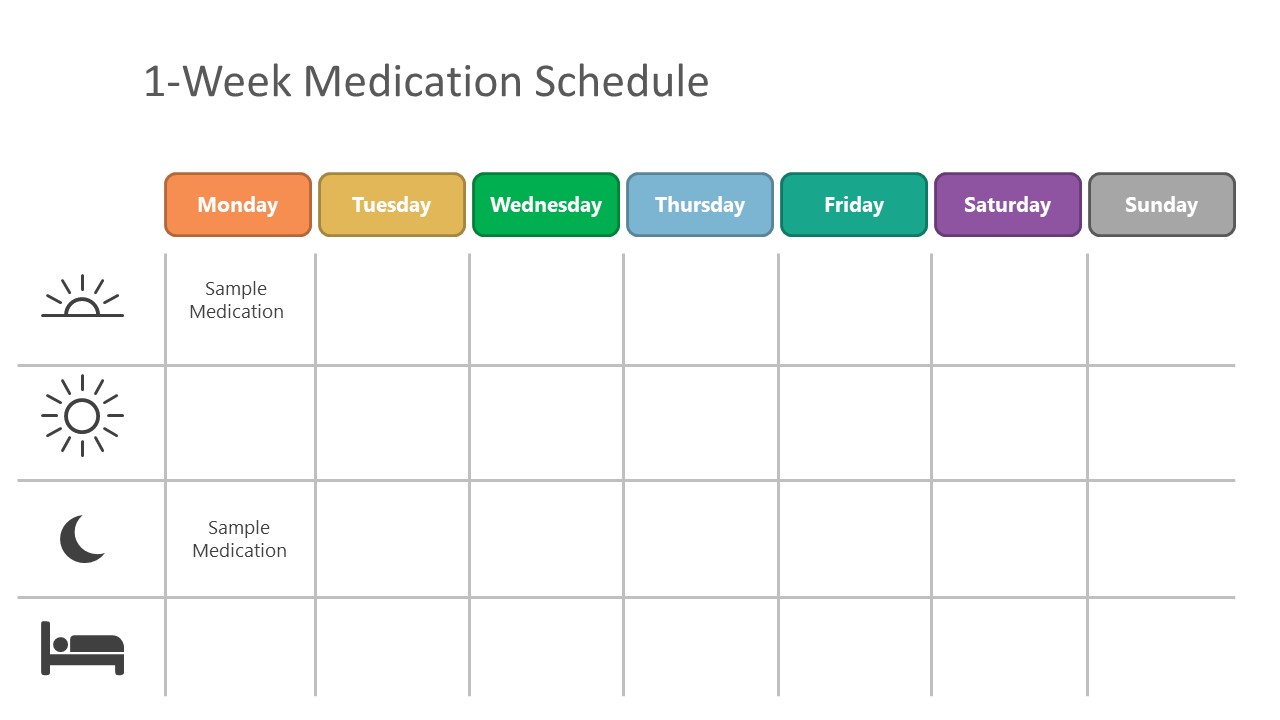
Managing multiple medications can be a daunting task, especially for individuals with complex medication regimens. A medication schedule can be a lifesaver in ensuring that you stay on track with your medications and avoid missing doses.
This comprehensive guide will explore everything you need to know about medication schedules, including what they are, why they are important, how to create one, examples, and tips for successful medication management.
What is a Medication Schedule?
A medication schedule is a document that allows you to organize and track your medications in a clear and concise manner. It typically includes information such as the name of the medication, dosage instructions, frequency of administration, and any special instructions or notes.
By having a visual representation of your medication regimen, you can easily see what medications you need to take and when, helping you stay organized and compliant with your treatment plan.
Why Use a Medication Schedule?
There are several benefits to using a medication schedule. Firstly, it can help prevent medication errors by providing a clear outline of your medications and dosages. This can be especially helpful if you are taking multiple medications or have a complex medication regimen.
Additionally, a medication schedule can serve as a reminder to take your medications on time, reducing the risk of missed doses. By keeping track of your medications in a systematic way, you can also monitor your adherence to your treatment plan and make any necessary adjustments with the guidance of your healthcare provider.
How to Create a Medication Schedule
Creating a medication schedule is simple and can be done using a spreadsheet or a template available online. Here are some steps to help you create an effective medication schedule:
- Gather all necessary information: Make a list of all the medications you are taking, including the name of the medication, dosage, frequency, and any special instructions.
- Choose a format: Decide whether you want to create a daily, weekly, or monthly medication schedule.
- Use a template: Utilize a medication schedule template or create your own using a spreadsheet program.
- Fill in the details: Input all the information about your medications into the schedule, making sure to include the time each medication should be taken.
- Print and display: Once you have completed your medication schedule, print it out and display it in a visible location, such as on your refrigerator or by your bedside.
Examples of Medication Schedules
There are various types of medication schedules available, depending on your individual needs and preferences. Some examples include:
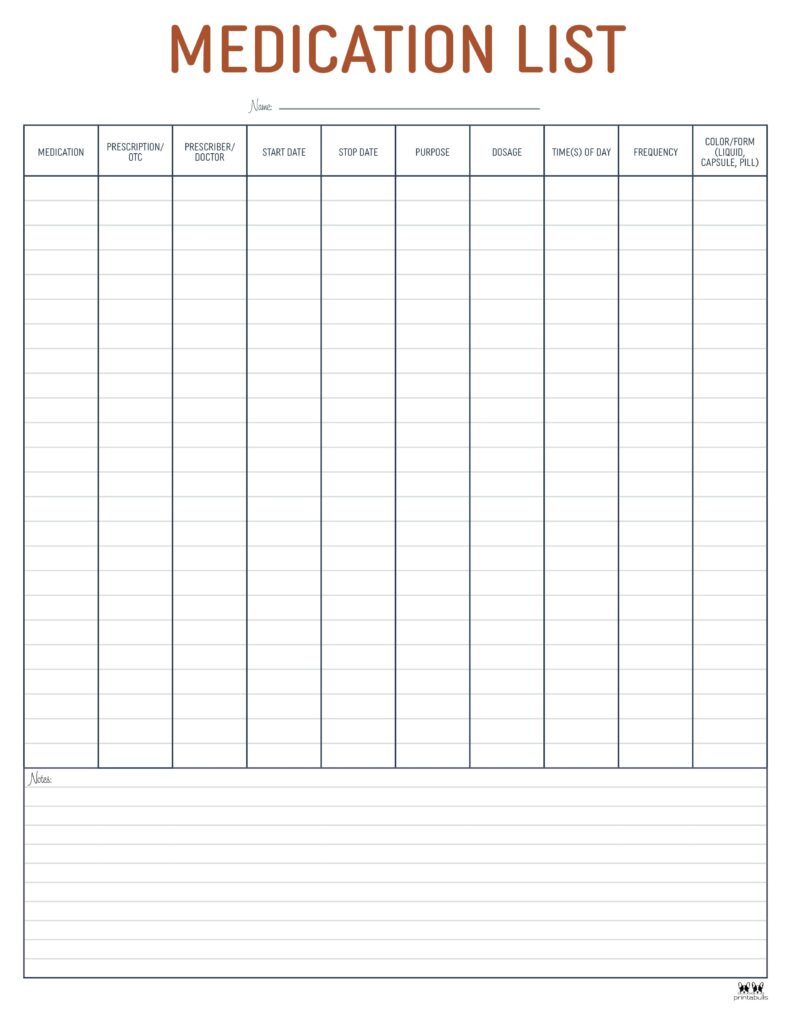
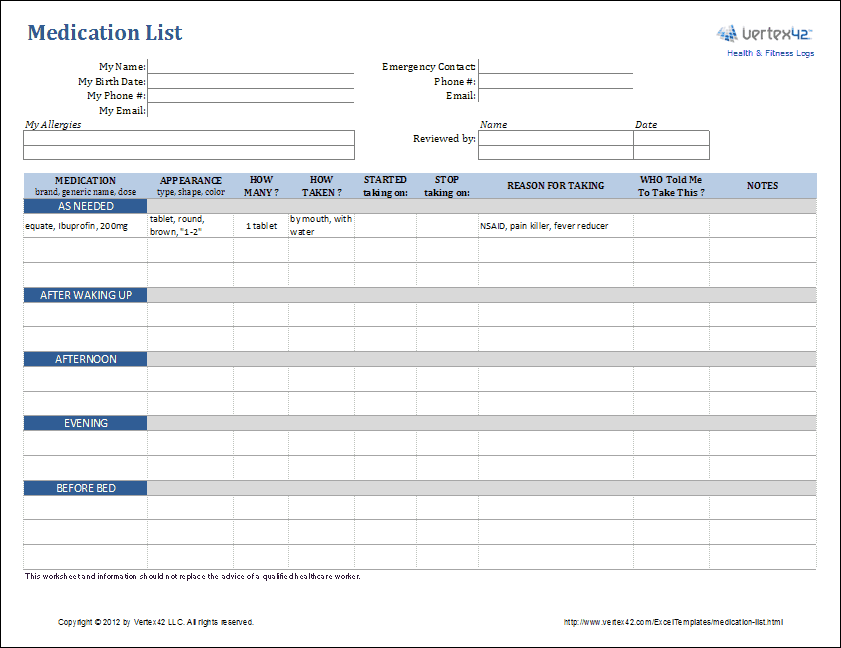
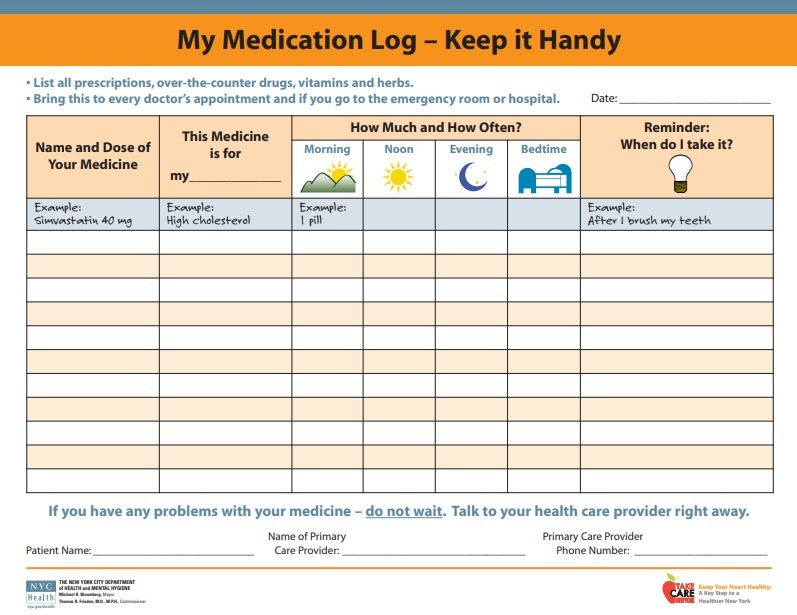
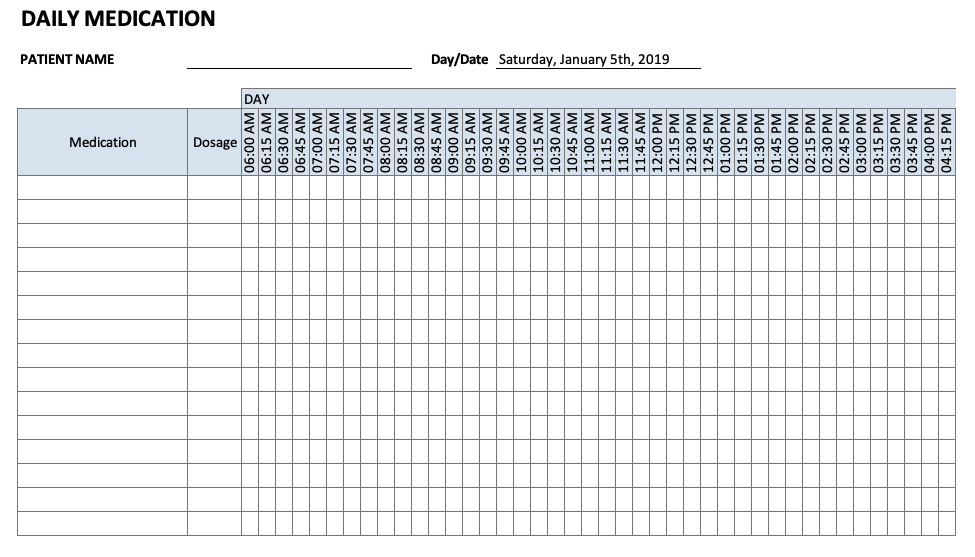
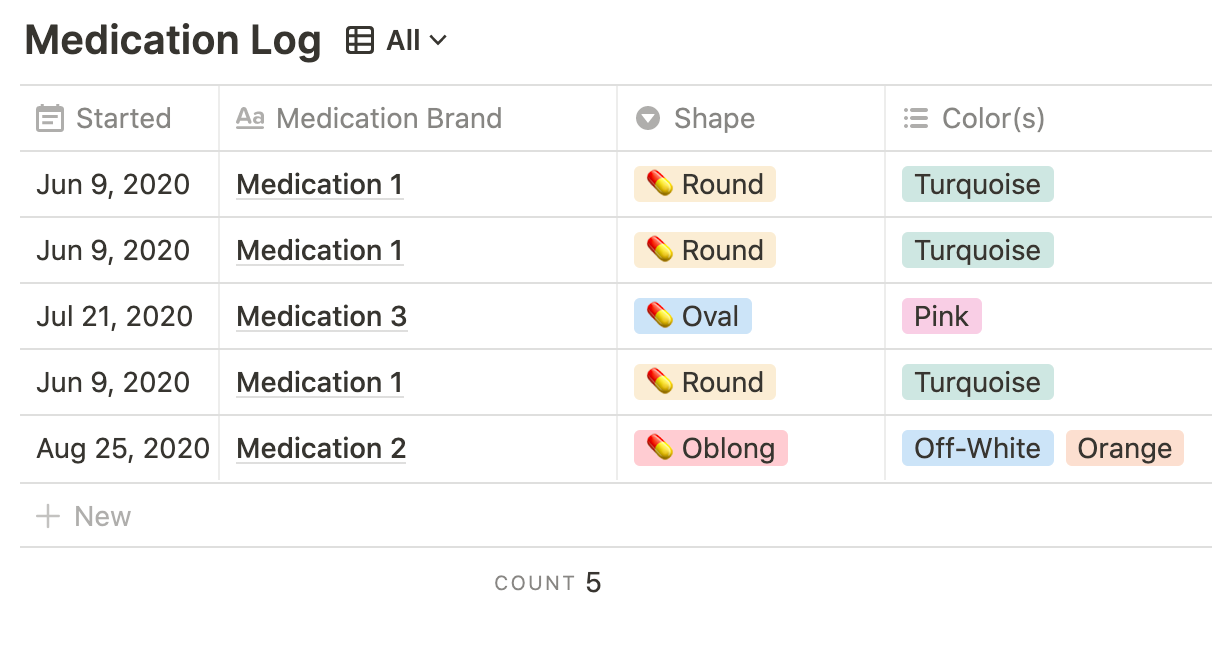
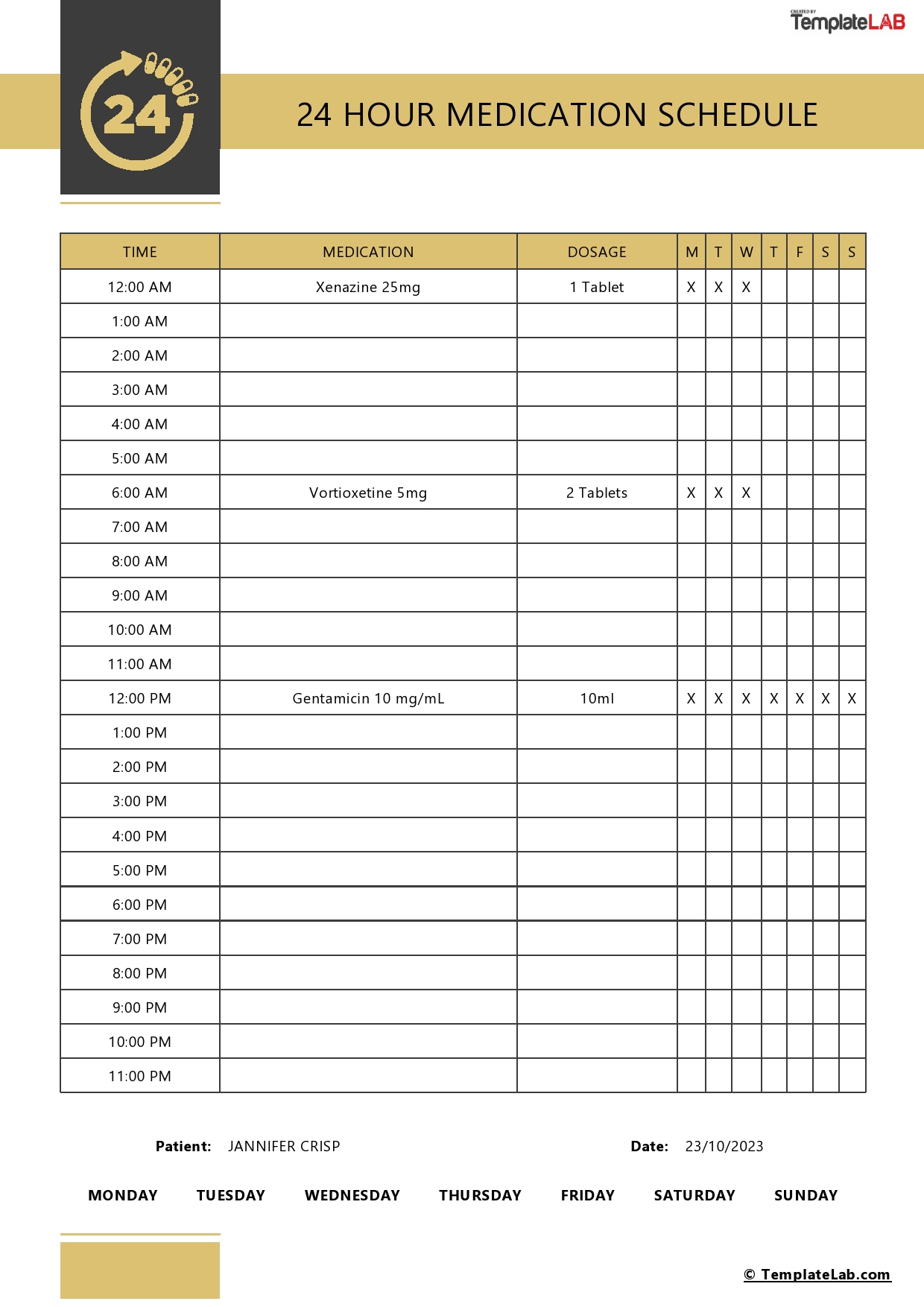
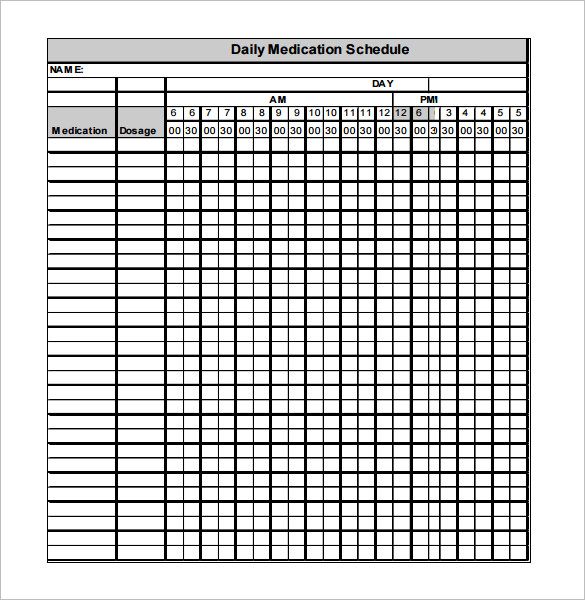
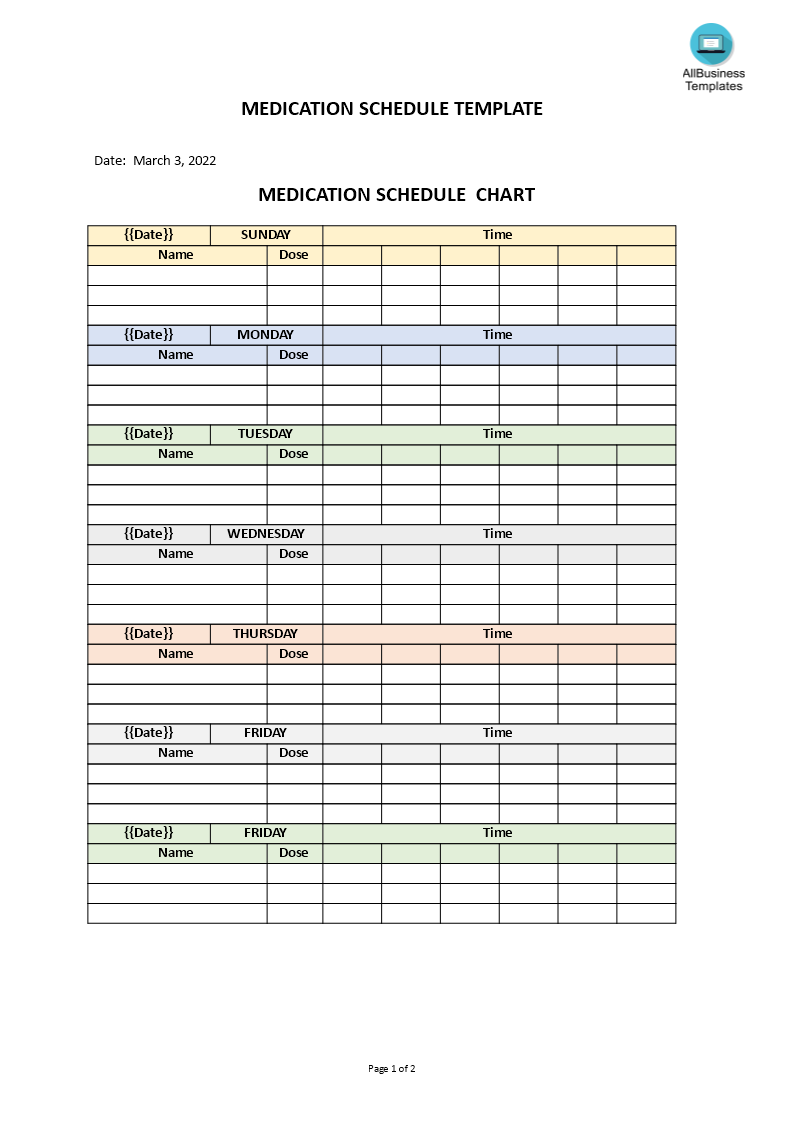
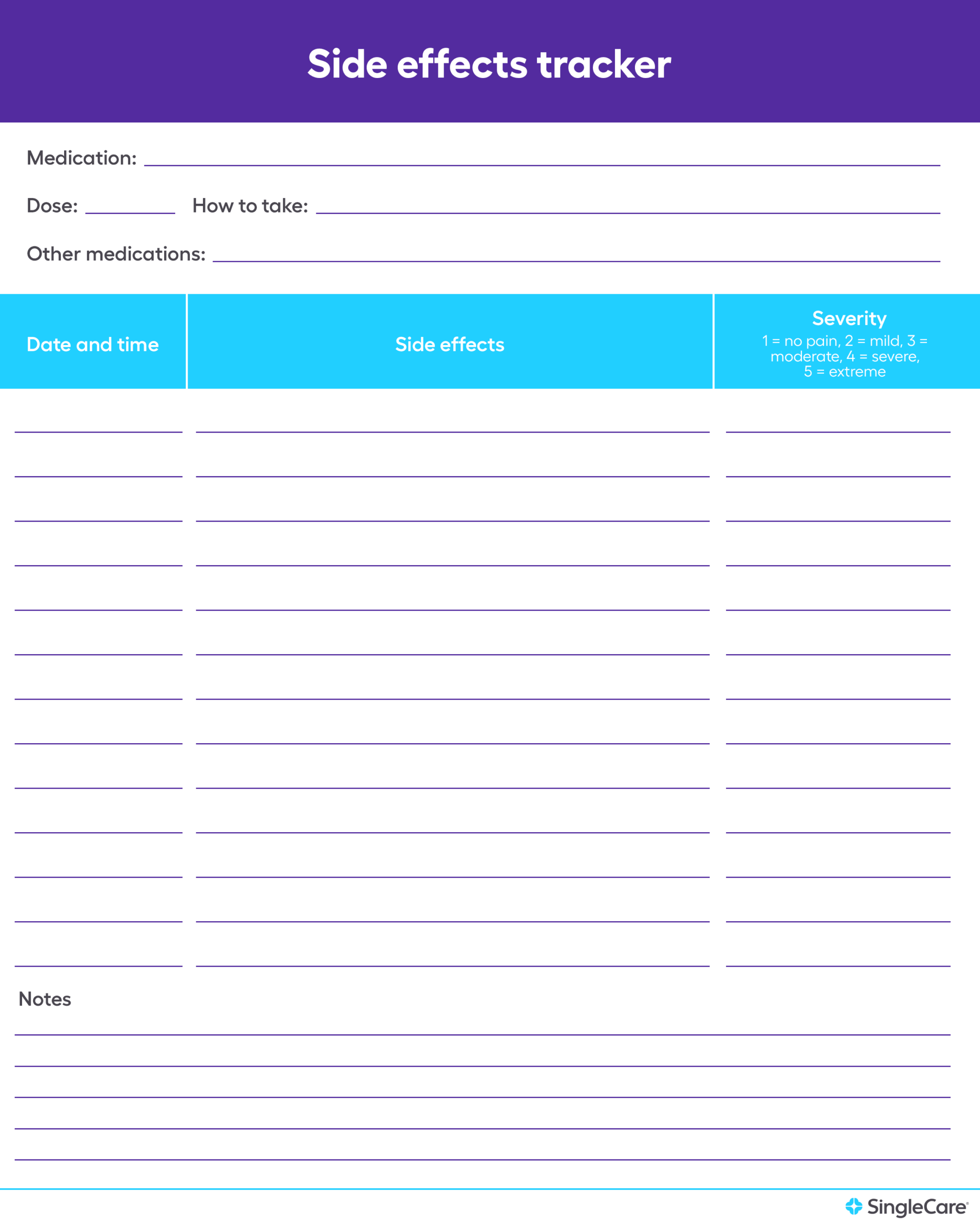
Tips for Successful Medication Management
Managing your medications effectively is essential for maintaining your health and well-being. Here are some tips to help you successfully manage your medications:
- Set reminders: Use alarms, pill organizers, or smartphone apps to remind you to take your medications on time.
- Keep a medication journal: Track your medication intake, side effects, and any changes in your health to share with your healthcare provider.
- Communicate with your healthcare provider: Inform your doctor of any difficulties you may be experiencing with your medications or if you have any concerns about your treatment plan.
- Regularly review your medications: Periodically review your medication schedule with your healthcare provider to ensure it is up to date and accurate.
- Seek support: Don’t hesitate to reach out to family members, friends, or support groups for assistance with managing your medications.
By implementing these tips and utilizing a medication schedule, you can take control of your medication regimen and improve your overall health outcomes. Remember, proper medication management is key to staying healthy and managing chronic conditions effectively.
Medication Schedule Template – Download